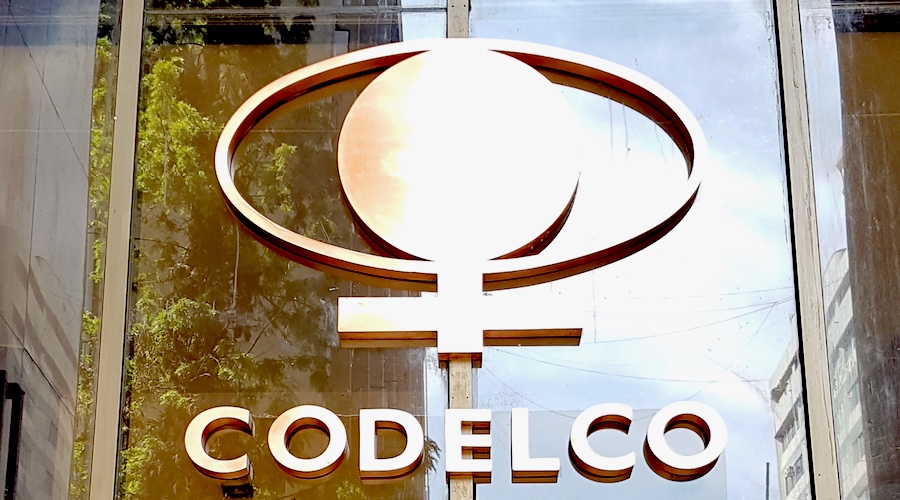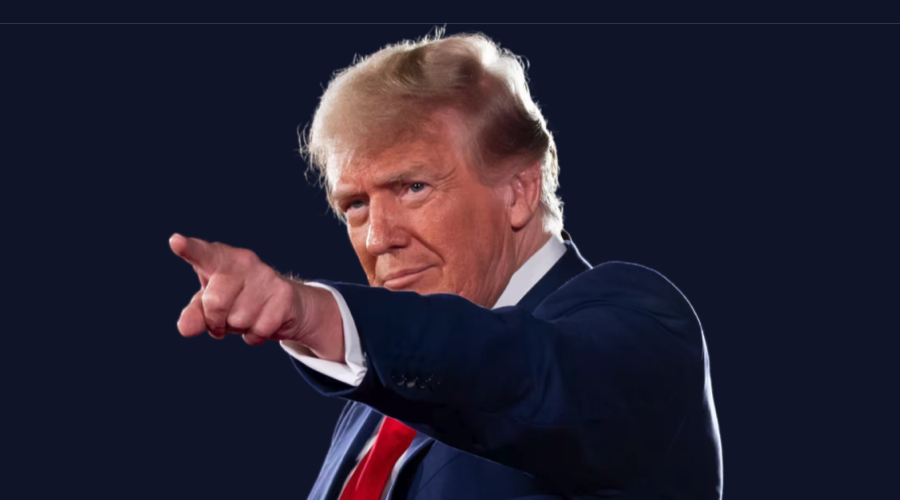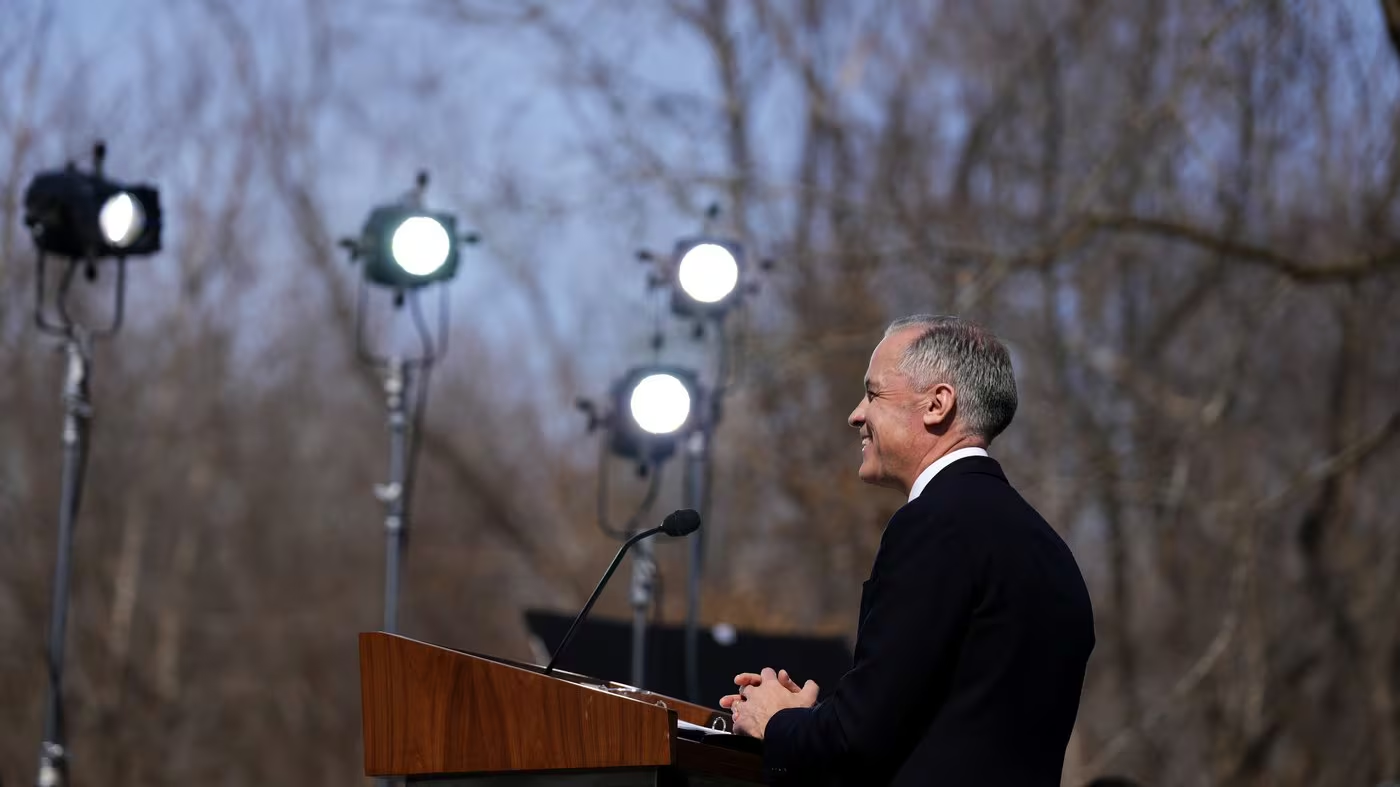
In a fit of madness or just plain desperation, you’ve enrolled in a get-rich-quick scheme. All you have to do is sell some products, sign up a few friends, and make some calls. Follow that simple formula, and you’ll soon pull in tens of thousands of dollars a month—or so you’ve been promised anyway. If you sell enough products, you’ll be invited into the Golden Circle, which offers perks such as free concert tickets and trips to Las Vegas.
Still, you won’t be surprised to learn that there’s a catch. If you don’t sell enough products or sign up enough friends to do the same, the odds are that you’ll lose money, no matter how hard you work, especially if you take out loans to build your “business.”
The founders of multi-level marketing schemes always make significant money, and some of their friends become wealthy, too. However, 99 percent of those who sell the products, whether cosmetics or dietary supplements, lose money. That’s worse than a conventional pyramid scam, which fleeces only nine out of every 10 people involved.
Now, imagine that you’re a poor country. The international financial institutions (IFIs) promise that, if you follow a simple formula, you, too, will become a wealthy nation. You take out loans from those same IFIs and commercial banks, invest in building up your export industries, and cut back on government regulations. Then you wait for the good news.
Of course, there’s a catch. You have to sell a staggering number of exports to make money. Meanwhile, you have to repay those loans while covering the compounding interest payments that accompany them. Soon, you’re caught in a debt trap and falling further behind wealthy countries. Who are the main winners? The corporations that flooded into your country in search of tax incentives, cheap labor, and lax manufacturing and mining regulations.
The nation-states that founded the modern global economy have made tons of money, as have some of their friends and allies. Despite the devastation of World War II, for instance, Japan could scramble up the ladder again to join the treehouse club of powerful nations. Meanwhile, in a single generation, South Korea’s economy was transformed from the per capita gross domestic product of a Ghana or Haiti in 1960 into one of the world’s most powerful by the 1980s. In Latin America, Chile, Colombia, and Costa Rica all managed to join South Korea in the Organization of Economic Cooperation and Development, a collection of the planet’s 38 most prosperous countries.
But today, there’s a catch to climbing that ladder into the industrialized world. As the board of directors of the club of the wealthy points out, the classic ladder of development, industrialization itself, has become rickety and ever more dangerous. After all, it requires energy traditionally supplied by fossil fuels, now known to radically heat up the planet and endanger the very survival of humanity. Today, countries aspiring to join the charmed circle of the wealthy can no longer hope to climb that ladder in any usual fashion, thanks in part to the carbon-neutrality pledges virtually all nations made as part of the Paris Climate Accord.
Developing nations are divided on how to respond. In 2023, as the world’s second-largest consumer of coal and third-largest consumer of oil, India attempted to grow in the old-fashioned fossil-fueled way, becoming the last one up that ladder, even as its rungs disintegrated. Other countries, like renewables-reliant Uruguay and carbon-neutral Suriname, explored more environmentally sustainable paths to progress.
Either way, with global temperatures setting extreme records and inequality worsening in 2024, poorer countries faced their last shot at following South Korea and Qatar into the ranks of the “developed” world. While unable to mimic the exact footsteps of wealthier nations, with some clever negotiating, judicious resource leveraging, and a lot of solidarity, it’s just possible that underdeveloped nations could team up to rewrite the rules of the global economy and achieve a measure of prosperity for all.
Growing Inequality
The advocates of neoliberal globalization point to a steady decline of inequality among nations between 1980 and 2020, mainly because of the explosive economic growth of China and other Asian countries like Vietnam. However, those proponents often fail to mention two critical facts: in 2020, such inequality was still roughly the same as in 1900, when colonialism was in full swing. Meanwhile, inequality within countries skyrocketed in the decades before 2023. From 1995 to 2021, the top 1 percent of the wealthiest among us accumulated 20 times that of the bottom 50 percent.
The COVID-19 pandemic, which began in 2019, only made matters worse. According to one estimate, it threw 90 million people into extreme poverty while increasing the wealth of billionaires more rapidly in just two pandemic years than in the previous 23 combined.
Mind you, the super-rich don’t reside solely in wealthy, developed nations. As of April 2024, China and India have the most billionaires after the United States. The consolidation of obscene wealth alongside abject poverty is one reason inequality has risen more rapidly within countries than between them.
But something else strange is happening. In addition to making the ladder of industrialization more difficult to climb using fossil fuels, climate change has been pushing the architects of the global economy to rethink their animus toward state intervention. Accelerating due to a fundamentalist faith in markets, climate change may also be delivering the coup de grâce to neoliberalism.
Climate Debts
During the Industrial Revolution and the ensuing century and a half of global economic expansion, the rich countries became wealthy by exploiting oil, natural gas, and coal. In doing so, they pumped trillions of tons of carbon dioxide into the atmosphere. Poorer countries generally supplied the raw materials for that “miracle of progress”—at first, involuntarily, thanks to colonialism, and then “voluntarily” through trade.
From 1751 to 2021, the United States was responsible for fully one-quarter of all carbon emissions, with the members of the European Union in second place at 22 percent (followed by China, India, Japan, Russia, and other major powers). On the other hand, Africa, Latin America, Southeast Asia, and Oceania have collectively contributed only a tiny fraction of those emissions over the same period. As of 2023, the amount of carbon the world can emit without crossing the 1.5 Celsius degree red line set by the Paris Climate Agreement is only 250 gigatons. That’s approximately what China alone had emitted by 2021 while muscling its way into the clubhouse of the rich and powerful.
The wealthy club members have all now embarked on transitions to “clean energy.” The European Union’s “Fit for 55” aims to reduce carbon emissions by 55 percent by 2030. The Biden administration pushed through the Inflation Reduction Act to incentivize states, corporations, and individuals to move away from fossil fuels so that the United States could become carbon-neutral by 2050 (a goal decisively rejected by the second Trump administration). In both cases, the state has played a much more active role in guiding the transition than would have been tolerated in the heyday of Thatcherism and Reaganism.
The developing world, which bears little responsibility for the planet’s climate mess, doesn’t have the necessary billions of dollars to devote to “clean energy transitions.” Because climate change knows no borders, in 2010, the richer countries promised to contribute $100 billion a year to fund “mitigation” (emissions reductions) in the developing world. However, that promise proved to be—somewhat appropriate given the climate crisis—mostly hot air. Nearly 15 years after the initial agreement, according to Oxfam, the wealthy nations have managed to mobilize $28 billion in assistance annually.
Meanwhile, climate change is causing havoc worldwide. Though Canadian wildfires and European heat waves dominated the climate headlines in the summer of 2023, the effects of climate change were disproportionately felt in the developing world. According to one estimate, by 2030, developing countries will be hit with climate bills of between $290 billion and $580 billion annually.
In 2022, rich countries pledged another sum of money, this time to a “loss and damage fund” to compensate poorer nations for the ongoing impacts of climate change. However, as of 2025, less than $1 billion has been pledged.
At the 2023 Climate Conference in Dubai, which brought together 154 Heads of State and Governments, various nations pledged further funding to the loss and damage fund with commitments totaling more than $700 million. One year later, the representatives of the wealthy countries that gathered in Baku tripled their pledges to reach $300 billion a year by 2035. However, with much of the money going out as loans rather than grants, it only adds to debt burdens rather than really addressing the crisis. And as researchers at the Center for Global Development point out, the $300 billion is “barely above a business-as-usual scenario.”
Global Just Transition
As of 2024, the fossil-fuel-free future the rich world is touting depends on critical materials like lithium, cobalt, and rare earth elements to build electric batteries, solar panels, and windmills. Most of these essential assets are located in the developing world. In one of those ironies of history, the economic development of the North once again depends significantly on what lies beneath the ground (and the oceans) in the South. In this brave new world of “green colonialism,” the North is maneuvering to grab such needed resources at the lowest price possible in part by perpetuating for the poor the very neoliberal model of “less government” that it’s begun to abandon itself.
There’s also a Cold War twist to this tale. According to policymakers in Brussels and Washington, the “clean energy” transition shouldn’t be held hostage by China, which mines and processes many of its critical minerals (producing 60 percent and processing 85 percent of all rare earth elements).
China might one day decide to shut down the supply chain of such critical minerals, a foreshadowing of which occurred in the summer of 2023 when Beijing imposed export controls on gallium and germanium in response to a Dutch ban on certain high-tech exports to China. The Chinese leadership will undoubtedly continue out-negotiating the West to gain privileged access to what it needs for its own high-tech industries.
In 2023, the European Union (EU) passed a “Critical Raw Materials Act” meant to reduce dependency on Chinese inputs through more mining closer to home, from Sweden to Serbia, not to speak of more “urban mining” (that is, recycling materials from used batteries and old solar panels).
The EU is also negotiating deals with mineral-rich countries in the developing world. For example, it negotiated a trade agreement with Chile that ensures EU access to that country’s lithium supplies while making it more difficult for Chile’s government to supply its manufacturers with cheaper inputs.
Washington, meanwhile, put a provision in the Inflation Reduction Act to ensure that electric car manufacturers source at least 40 percent of their batteries’ mineral content from the United States or U.S. allies (read: not China). That percentage is to rise to 80 percent by 2027. Washington is not only scrambling to secure its own critical minerals but forcing allies to cut ties with China and compete for sources elsewhere, a strategy that the Trump administration is continuing.
Such an effort to “secure supply chains,” while a blow to China, represents a possible boon for the developing world. A country like Chile, which commands much of the lithium market, can theoretically negotiate more than just a reasonable price for its product. It could leverage its mineral riches to acquire valuable technology, intellectual property, or greater control over the overall supply chain. Collectively, those mineral suppliers could also take a page from the playbook of the oil producers. Indonesia, for instance, has already floated the idea of a nickel cartel.
Such strategies, however, face threefold challenges. First, the United States and Europe are boosting mining at home to make themselves more self-sufficient. Second, technological advances may render such minerals obsolete, much as the United States created a synthetic substitute for rubber when supplies became tight during World War II. As of 2024, there is a growing number of alternatives to batteries that don’t depend on lithium or cobalt, such as Sodium Ion Batteries.
Even more worrisome are the environmental consequences of such mining. While developing countries could indeed use “ladders” made of lithium, cobalt, or nickel to join the club of the wealthy, they would be hard-pressed to do so without creating “zones of sacrifice,” destroying communities and ecosystems around mineral extraction sites.
So, let’s take a fresh look at the cartel idea. Venezuela originally proposed the Organization of the Petroleum Exporting Countries (or OPEC) as a method of reducing oil consumption. The problem Venezuela grasped 70 years ago was not just the low price of what the nation’s then-oil minister called “the devil’s excrement” but the unsustainable nature of a global dependency on fossil fuels. OPEC was to help conserve resources. Could a mineral cartel serve that very purpose?
Breaking the Cycle
The planet’s central problem in the 2020s is not just carbon emissions and climate change. In their own fashion, they’re both symptoms of an even larger crisis of overconsumption of resources, including energy. Consider one minor example: the amount of stuff Americans buy at Christmas and then return without using amounts to $300 billion a year. That’s more than the economic output of Finland, Peru, or Kenya.
That gives “shop ’til you drop” a new meaning.
Rather than building a different ladder to climb into prosperity, the countries of the developing world could take the unprecedented challenge of human-induced climate change as an opportunity to rewrite the rules of the global economy. Instead of dreaming of consuming at the same rate as the rich world—inconceivable given the planet’s shrinking resource base—the developing world could use its mineral leverage to lessen inequality planet-wide effectively. In practice, that would mean forcing the rich world’s middle class to trim its consumption by reducing the supply of fossil-fuel energy to the region.
In a referendum in Ecuador in 2023, its citizens voted to keep the oil in the Yasuni National Park beneath the ground. Several countries in Oceania—Fiji, the Solomon Islands, and Tonga—have similarly endorsed a “non-proliferation treaty” for fossil fuels that would phase out oil, gas, and coal production. The United Kingdom and the EU have considered rationing plans for fossil fuels. However, as of 2024, neither Britain nor the EU has formally committed to any plans.
Nor can the rich be allowed to sit on their billions while the planet burns. The wealth taxes some countries have implemented and others, such as the U.S., have proposed through President Biden’s “billionaire tax” would go a long way toward shifting funds from the super-rich to the greatest victims of climate change and biodiversity loss. Consider this slogan for the rapidly changing climate crisis: more butterflies, fewer billionaires.
The global economy is on a downward debt spiral for the poor and an upward consumption spiral for the rich. In short, it’s a rigged game. The solution is not to usher a few lucky countries into unsustainable excess, which would be a new version of green colonialism.
Instead, it’s time to turn the game upside down and end that very green colonialism, forcing the rich world to reduce its energy and other resource consumption to match that of the developing world. The inequality of industrialization got us into this crisis, and addressing that inequality is the only way out.
ZNetwork is funded solely through the generosity of its readers.Donate
John Feffer is the author several books including the recently published North Korea, South Korea: U.S. Policy at a Time of Crisis (Seven Stories). For more information about his books and articles, visit www.johnfeffer.com




/arc-goldfish-bellmediainc-thumbnails.s3.amazonaws.com/03-23-2025/t_98a67d8c8b26469aa4b08db3719ce74f_name_Carney_CP.JPG)
/arc-goldfish-bellmediainc-thumbnails.s3.amazonaws.com/03-23-2025/t_fc79f49ef98f47a98c45ec4021545278_name_pp.jpg)
/arc-goldfish-bellmediainc-thumbnails.s3.amazonaws.com/03-23-2025/t_56326bd3c0794022b492ac21eb1dd9d3_name_nanos.jpg)
 U.S. President Donald Trump speaks during an event in the Oval Office of the White House in Washington, Friday, March 21, 2025. (Pool via AP) (\)
U.S. President Donald Trump speaks during an event in the Oval Office of the White House in Washington, Friday, March 21, 2025. (Pool via AP) (\)



